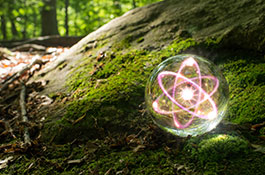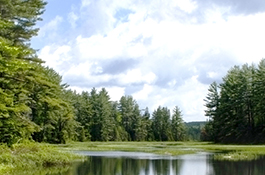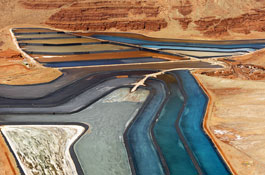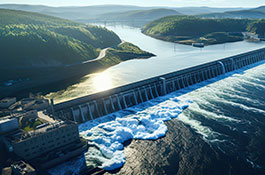

水Development
Managing the world's most precious resource
1.4 billion people
living where water use exceed minimum recharge levels
80% of waste water
is not collected or treated worldwide
47% of world population
will be living in areas of high water-stress by 2030
Blogs

随着数字项目交付景观变化,design coordinator roles must stay agile. How can we overcome these obstacles when deadlines are tight and stakes are high?
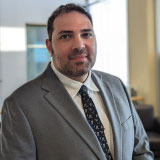
Advanced process control: the engine of Industry 4.0
APC tools and applications have been around for more than 30 years and are now seeing renewed value in a digital future.

Shaping the infrastructure marketplace of the future
To build more prosperous, functional, and responsible cities, government and government agencies, private sectors, and communities need to engage in productive dialogue. It is only when these parties are successfully working together that we will respond to the future demand for infrastructure in innovative, life changing ways.
News
Hatch and URPS embark on South Australia's Climate Ready Coasts Program
Wednesday, October 25, 2023
Related projects
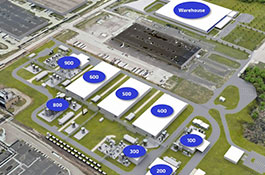
Li-Cycle Rochester Hub
Rochester, New York, USA
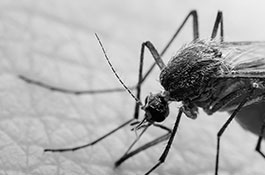
Wolbachia Mosquito Rearing Facilities
Brazil & Colombia
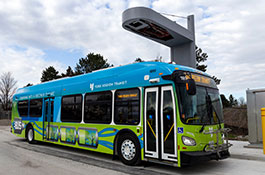
Technical Advisor for Electric Bus and Infrastructure Loans
York, Ontario, Canada
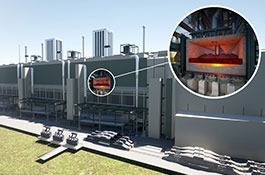
Tata Steel hydrogen-based steel manufacturing
IJmuiden, Netherlands
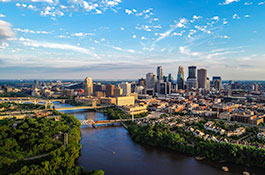
Minneapolis weathers the storm with a new parallel tunnel
Minneapolis, MN, USA
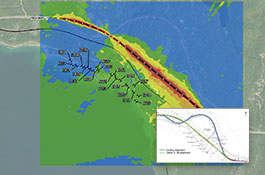
Highway 17 Noise Impact Assessment
Hewitson Creek, Ontario
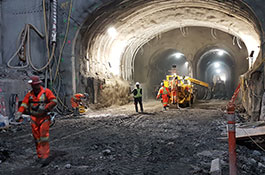
Mount Royal Tunnel double arch replacement
Montreal, Quebec, Canada
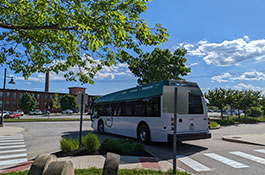
MaineDOT Bus Electrification Project
Maine, USA

COVID Economic Recovery Plans
United Kingdom


